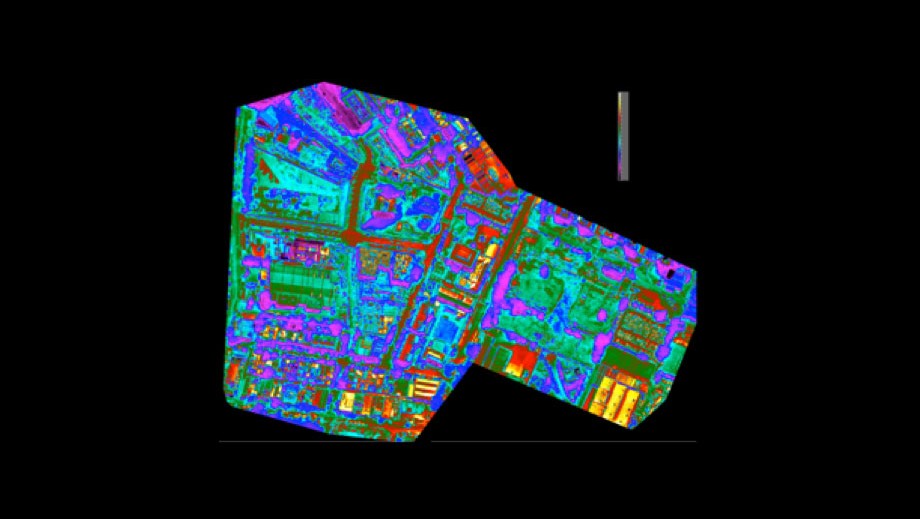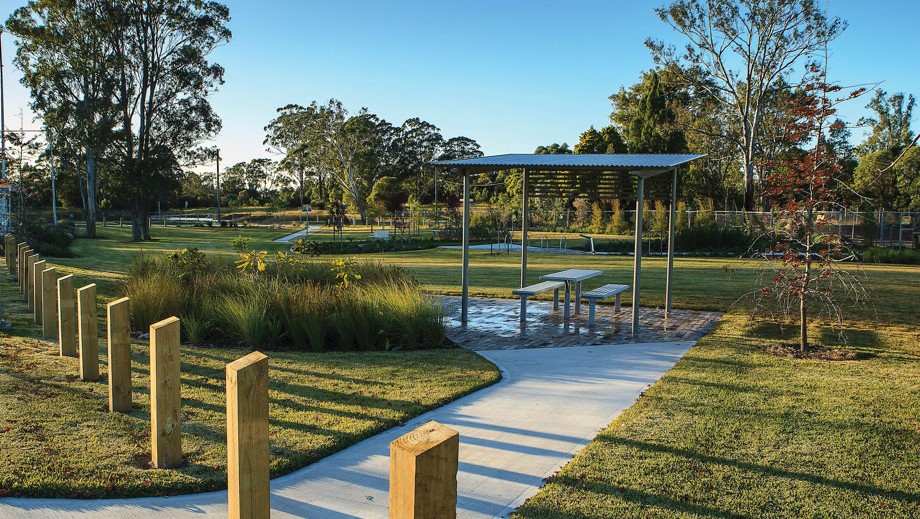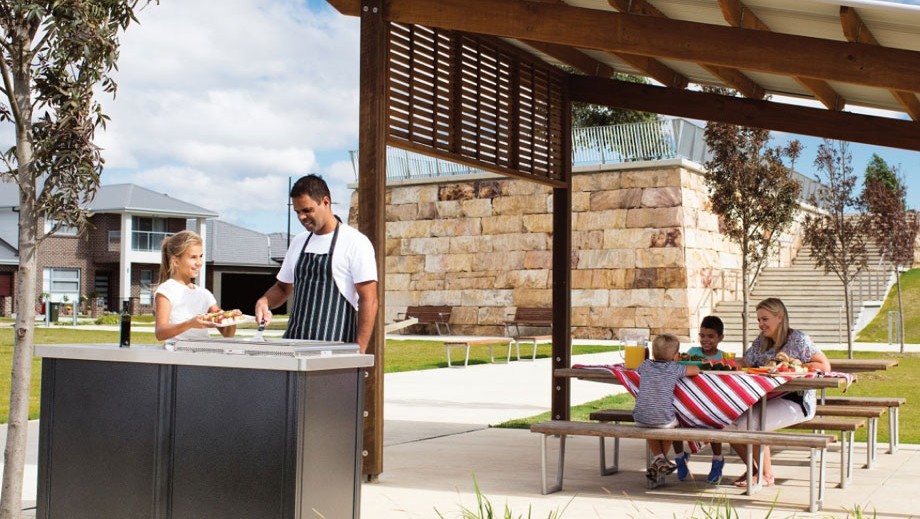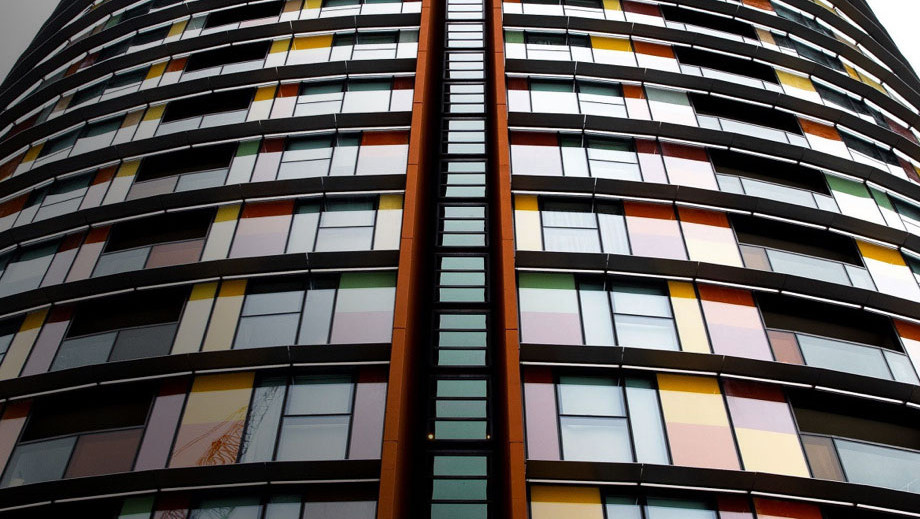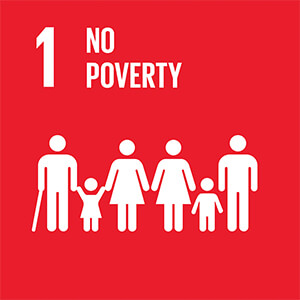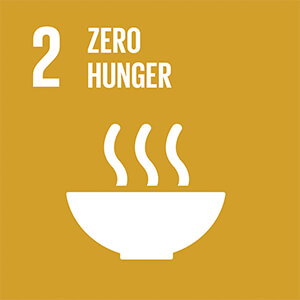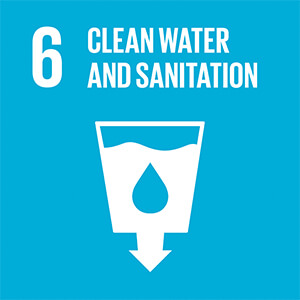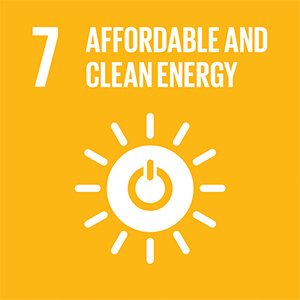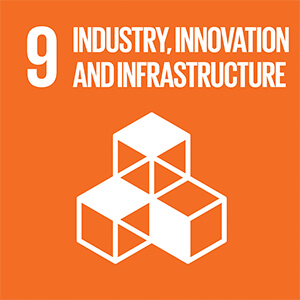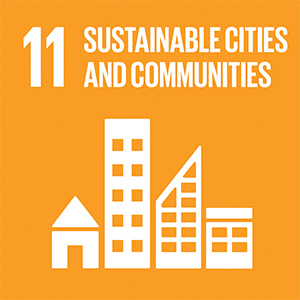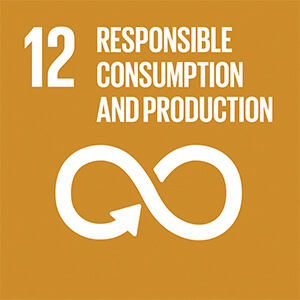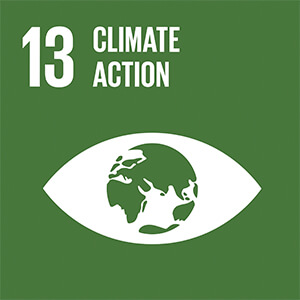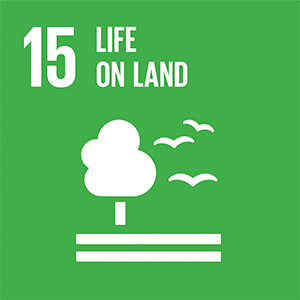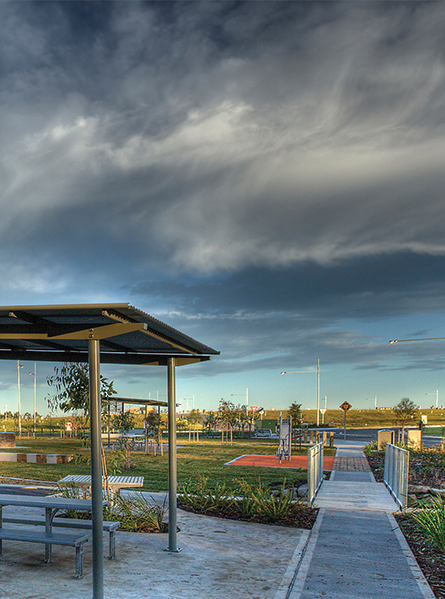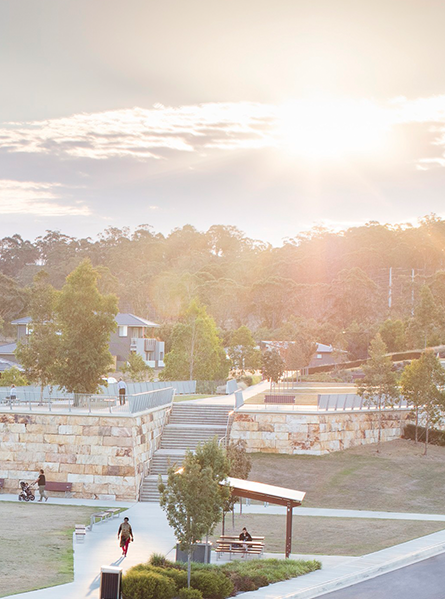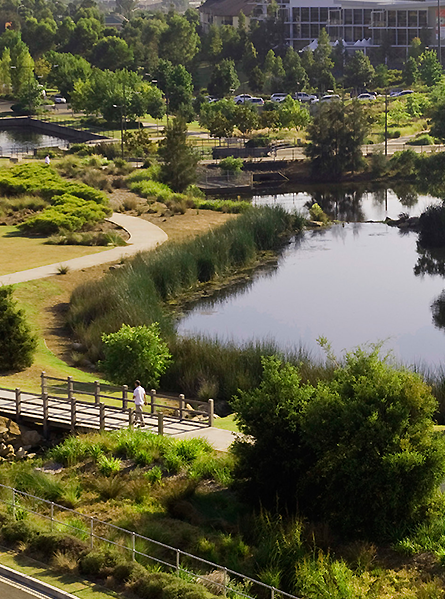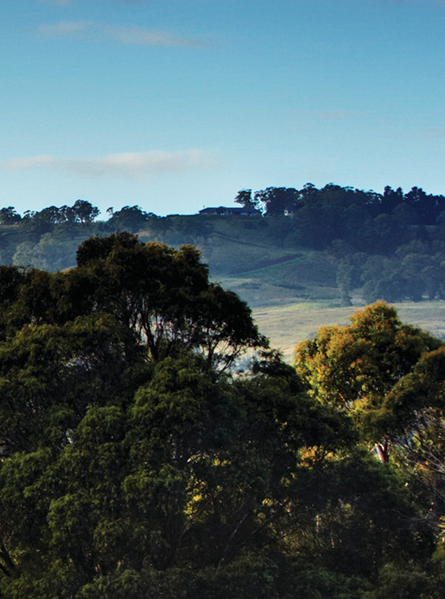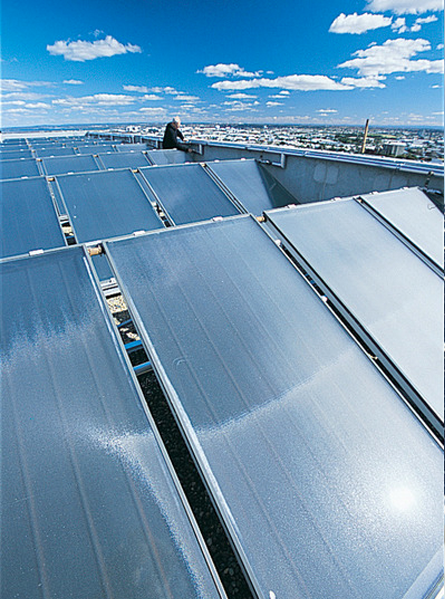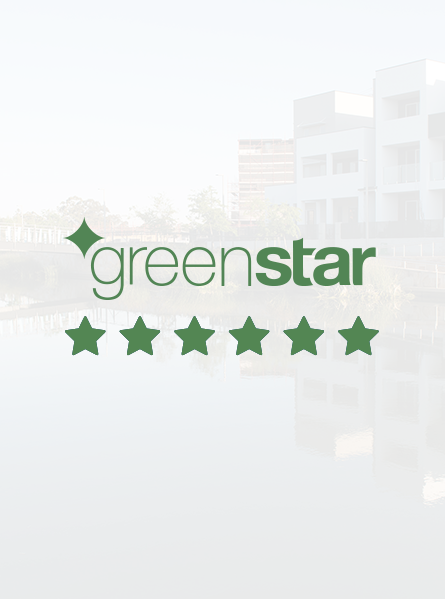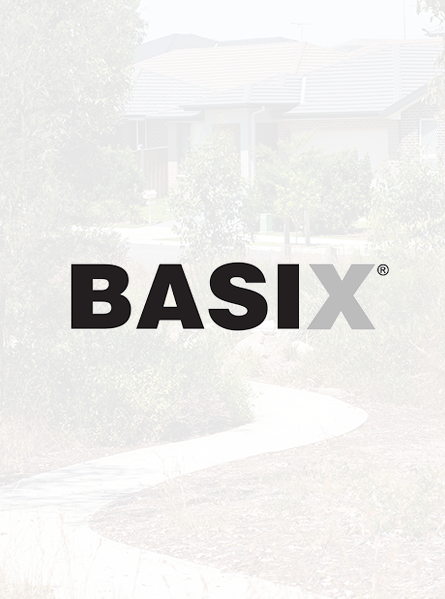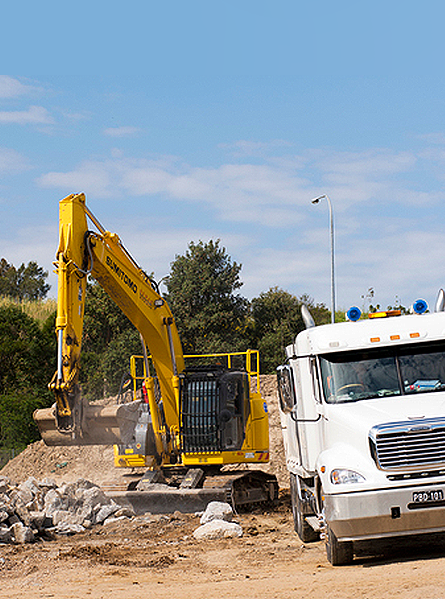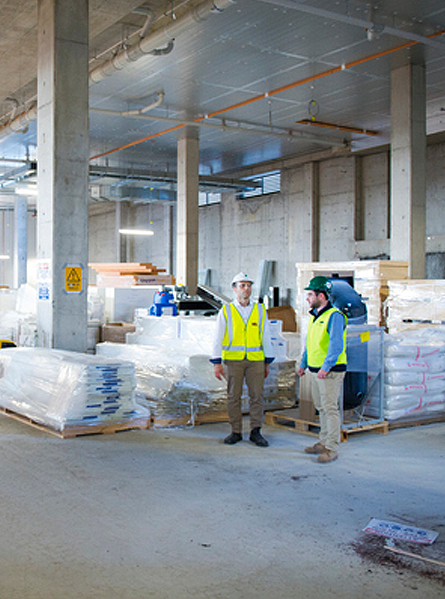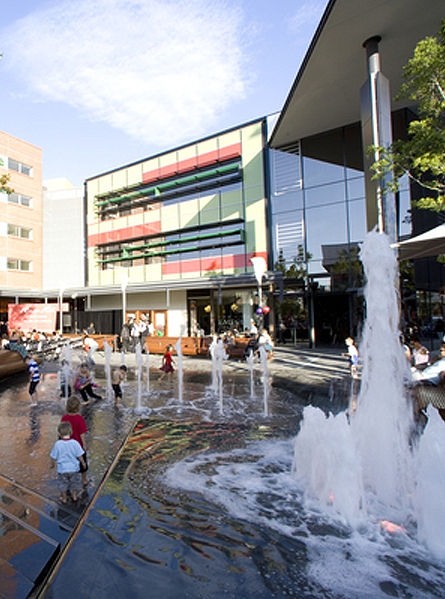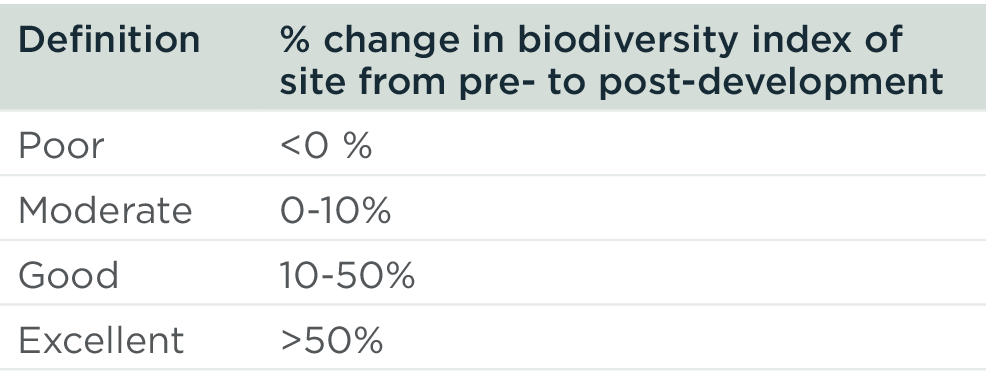Climate Resilient
Places
Objective
Goal
Relevant SDGs
Climate Resilient Places Pillar Overview
Landcom’s Climate Resilient Places pillar is focused on a leadership goal to ‘enable carbon neutral, water positive, zero waste and net positive ecological outcomes by 2028’.
This leadership goal was developed to reflect Landcom’s contribution towards the Paris Agreement’s2 long-term goal of keeping the increase in global average temperature well below 2ºC, the United Nations Sustainable Development Goals3, and reducing the impact of shocks and stresses to communities and infrastructure as identified by Resilient Sydney4 (part of the Rockefeller Foundation 100 Resilient Cities Program), such as extreme weather and water crises.
Under this pillar Landcom focusses on environmental sustainability and resilience. It encompasses environmental management and the adoption of independent third-party rating tools and certifications, engaging with our supply chain, supporting communities to reduce their operational costs of living, and developing our projects in a way that reduce impacts on the environment.
Environmentally sustainable communities are balanced in meeting the needs of the natural and urban environment. They take into account the needs of people today, and the needs of our future generations. Landcom believes that the built environment should incorporate green spaces and retain a connection to our natural habitats, for the benefit of the environment, and our communities.
Landcom addresses environmental sustainability through the following focus areas:
- Energy & Emissions
- Water
- Environmental Management
- Climate & Resilience
- Waste & Materials.
Each of these focus areas includes a suite of targets to measure our success.
2 What is the Paris Agreement? (2018) https://unfccc.int/process-and-meetings/the-paris-agreement/what-is-the-paris-agreement
3 United Nations Sustainable Development Goals (2018) https://www.un.org/sustainabledevelopment/sustainable-development-goals/ for our full alignment to the SDGs see Appendix B: Sustainable Development Goals Alignment
4 Resilient Sydney, Preliminary Resilience Assessment (2016) https://www.100resilientcities.org/cities/sydney/
Management Approach
Every Landcom project is unique and requires a bespoke approach to environmental sustainability. We use the sustainability modelling tool PRECINX5 to identify opportunities for performance improvement across our Energy & Emissions and Water targets.
Our approach to Energy & Emissions includes influencing the reduction of greenhouse gas (GHG) emissions (stationary and transport) at a precinct scale across our communities and influencing the onsite production of renewable energy. We approach Water in a similar way, by looking at the reduction of potable water use across a precinct and identifying opportunities for recycling and reuse.
We also set ourselves targets for maximum stormwater discharge pollutant loads from our sites. This minimises downstream water quality impacts in the communities we develop. Urban stormwater modelling software such as MUSIC6 is used to measure pollutant loads across our projects.
To see our FY19 performance for Energy & Emissions, see Energy & Emissions Performance Results below, and for Water see Water Performance Results below.
5 Landcom commissioned the development of PRECINX in 2009 as an accurate predictive modelling tool of greenhouse gas emissions, water consumption, transport outcomes and cost of living impacts of development in the built environment. Landcom now licenses the tool, as do many other developers, utilities, and local and state government organisations.
6 MUSIC Overview (2018) https://ewater.org.au/products/music/music-overview/
Landcom is committed to adopting independent third-party rating tools and certifications or exceeding regulatory requirements. We believe it is important to have independent verification of our sustainability performance. This is aligned to our targets for Environmental Management. Our preferred rating tools are outlined below.7
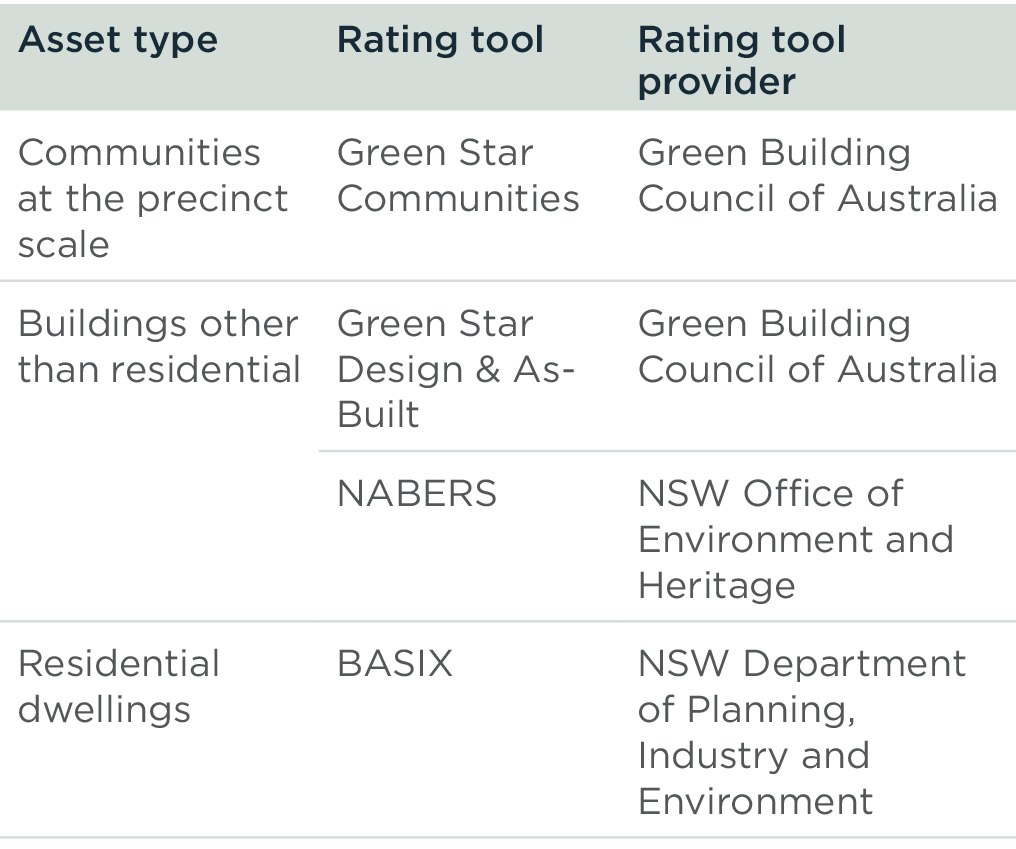
For our FY19 activities related to Environmental Management, see Environmental Management Performance Results below.
7 In some instances Landcom may also agree to use other rating tools in lieu of, or in addition to, those outlined. This is at Landcom’s discretion.
Landcom’s approach to Climate & Resilience includes understanding our physical and transition risks to climate change and its impacts, ensuring our communities are adaptable to change, addressing known risks such as urban heat island8, and maintaining our commitment to enhancing local biodiversity and ecology.
During FY18 Landcom built its internal capacity for assessing asset exposure to physical climate change risks. This included adopting a risk assessment framework, Resilience-In-Design checklist, prompting project teams to consider common climate risks during the early phases of a project’s design, and completing community resilience plans9 designed to enhance the resilience of our communities in the way they live day to day.
In FY19 we expanded our remit and sought to better understand our physical and transition risks to climate change. A gap analysis aligned with the Task Force on Climate Related Financial Disclosures and 2019 Global Real Estate Sustainable Development Resilience Module was undertaken to determine Landcom’s current level of preparedness for the transition risks of climate change, and how Landcom currently addresses physical risks at its assets. This included business wide stakeholder engagement and a review of Landcom’s systems and processes. The results found that Landcom is comprehensively addressing the physical risks to assets, and there is opportunity to enhance our preparedness to transition risks. Closing this gap will be will be a focus in FY20 and will subsequently be embedded as part of our ongoing management approach.
We are already taking steps to address known physical risks immediately, which includes reducing the effects of urban heat island across our new communities. As one of Sydney’s most significant climate related risks, early design interventions to address urban heat are required in the creation of new communities. Landcom has also been an ongoing partner of the Cooperative Research Centre for Low Carbon Living (CRCLCL)10 — and actively engaged in the development of its urban heat island mitigation decision support tool.11
Finally, Landcom seeks to address resilience in the natural environment. This is achieved when we maintain strong diversity of our ecological systems. We abide by legislative requirements including the Commonwealth Environmental Protection and Biodiversity Conservation Act, and the NSW Biodiversity Conservation Act when addressing areas of biodiversity. When we purchase biodiversity offsets for our development approvals, we use the NSW State Government BioBanking Scheme which commits land owners to enhancing and protecting the biodiversity values of their land. We use our Biodiversity Calculator to measure the quality and quantity of ecological communities beyond any legislative requirements, pre- and post-development. We aim for a net positive outcome at the completion of our projects.
For our FY19 performance against our Climate & Resilience targets, see Climate & Resilience Performance Results below.
8 Urban Heat Island Effect (2018) http://www.cityofsydney.nsw.gov.au/vision/towards-2030/sustainability/carbon-reduction/urban-heat-island
9 Eligible assets include those that have been assessed for climate change risks
10 The CRCLCL came the end of its funding period in 2019.
11 Urban Heat Island Mitigation Decision Support Tool (2018) http://www.lowcarbonlivingcrc.com.au/research/program-2-low-carbon-precincts/rp2023-microclimate-and-urban-heat-island-mitigation
Landcom’s environmental leadership goal for 2028 includes enabling zero waste communities. To do this we are advocating for responsible use of resources, and diversion from landfill. Landcom has long held a waste diversion from landfill target, which has been maintained in our new Sustainable Places Strategy.
While we are focused on reducing waste within our own offices, it is construction waste that is material to Landcom’s operations. As part of our ongoing commitment to reduce waste and increase responsible materials use, Landcom continues to engage with our site superintendents and principal contractors to reduce, reuse or divert waste from landfill.
We also include the responsible sourcing of timber for all construction works within our approach. This increases engagement with our supply chain, and supports our work underway within our Accountable & Collaborative Places pillar.
For our FY19 performance results against our Waste & Materials targets, see Waste & Materials Performance Results below.
Our Sustainable Places Strategy identifies a number of initiatives as future opportunities to enhance our Environmental Management, Climate & Resilience, and Waste & Materials focus areas. These include:
-
understanding Landcom’s role for improving air quality within our communities
-
determine the value of adopting a Landcom materials Red List
-
establishing how life cycle assessments may improve our supply chain and reduce embodied carbon within our projects.
In FY19 we progressed investigations into how Landcom has positively influence air quality within the areas we operate. As part of our FY19 materiality review, air quality also became material for Landcom as part of Natural Capital Protection & Management.
We are also supporting a research project at the Centre for Smart Modern Construction to develop methodologies for estimating embodied carbon construction supply chains. We see a future for tools such as this which will help us to track actual embodied carbon through the delivery of our community infrastructure and civil works.
In FY20 we will update our management approach to capture and address air quality, and report on progress of this research.
Performance Results
See below our performance results for each of the reporting areas within our Climate Resilient Places Pillar.
Landcom’s Sustainable Places Strategy addresses Climate & Resilience. This focus area forms part of our Climate Resilient Places pillar and is a representation of our commitment to delivering resilient communities that balance ecological outcomes, reduce climate related stresses and build community resilience.
The below table outlines our FY19 performance against our Climate & Resilience targets.
FY19 Climate & Resilience Targets
Performance
All new projects to undertake a Climate Resilience Assessment.
Performance
Project completion rate
All new projects prepare and implement an effective Climate Adaptation and Community Resilience Plan.
Performance
Project completion rate
All new projects enhance the local habitat, biodiversity or ecological communities, compared to the site conditions pre-acquisition or pre-master plan (Landcom Biodiversity Calculator).
Total project site area in plan view comprised of building or landscape elements that reduce the impact of urban heat island effect
Greenfield Projects: 50% project site area
Renewal or High Density Projects: 20-50% project site area (calculation in accordance with Green Star Communities)
FY18:
FY19:
Landcom’s Sustainable Places Strategy addresses Energy & Emissions. This focus area forms part of our Climate Resilient Places pillar and is a representation of our commitment to delivering energy efficient communities that reduce greenhouse gas emissions, advance uptake in renewable energy technologies, and reduce the cost of living to residents.
FY19 Energy & Emissions Targets
Performance
All new projects modelled to reduce greenhouse gas (GHG) emissions at a precinct scale (transport & stationary) by 50% against 2016 reference case (CCAP PRECINX).
Performance
Delivered:
FY18: NA
FY19: NA
Forecast: portfolio weighted reduction (%)
5% of predicted precinct energy demand supplied from onsite renewable energy, where site constraints permit.
Delivered:
FY18: NA
FY19: NA
Forecast:
FY18:
FY19:
Landcom’s Sustainable Places Strategy addresses Environmental Management. This focus area forms part of our Climate Resilient Places pillar and is a representation of our commitment to deliver communities that achieve or exceed independent third party rating systems or standards.
Our FY19 performance results are presented below. None of our Environmental Management targets were in scope for reporting this year as no new projects were commenced or delivered to market during the reporting period.
FY19 Environmental Management Targets
Performance
All projects will adopt the use industry recognised rating tools at a masterplan and built form scale, achieving not less than ‘Australian Best Practice’ equivalent (Green Star preferred).
FY18:
Out of scope - no projects at stage of delivering Green Star rating.
FY19:
Out of scope (Legacy project Green Square awarded 6 Star Green Star Communities rating).
NABERS: Office, Hotel & Retail – Commitment Agreement or designed-to 5 Star Energy and Water.
FY18:
Out of scope - no projects delivering commercial or retail assets.
FY19:
Out of scope.
BASIX energy: Detached & Semi - 60; Low-Rise - 55; Mid-Rise - 45; High-Rise – 40
BASIX water: all dwellings - 60
FY18:
Out of scope - no certificates approved with dwellings completed in the reporting period.
FY19:
Out of scope - no certificates approved with dwellings completed in the reporting period.
Landcom’s Sustainable Places Strategy addresses Waste and Materials. This focus area forms part of our Climate Resilient Places pillar, and is a representation of our commitment to delivering communities that reduce waste, and source materials responsibly.
These focus areas contribute to our leadership goal to enable zero waste communities by 2028.
The below table outlines our FY19 performance against our Waste & Materials Targets.
FY19 Waste & Materials Targets
Performance
All new projects divert minimum 95% construction waste from landfill (excluding contamination or hazardous materials).
Performance
FY18:
No new projects in scope
FY19:
No new projects in scope
Legacy Projects achieved:
100% timber sourced for construction (by cost) is Forest Stewardship Council Certified or agreed equivalent (ie Australian Forestry Standards).
FY18:
No new projects in scope
FY18:
No new projects in scope
Landcom’s Sustainable Places Strategy addresses Water. This focus area forms part of our Climate Resilient Places pillar and is a representation of our commitment to delivering communities designed for best practice water sensitive urban design which actively conserve potable water.
These focus areas contribute to our leadership goal to enable water positive communities by 2028.
The below table outlines our FY19 performance against our Water Targets.
FY19 Climate & Resilience Targets
Performance
Water Sensitive Urban Design strategy for all projects, pollutant discharge loads not to exceed Nitrogen 45, Phosphorus 65, Suspended Solids 85, Gross Pollutants 90.
FY18:
No new projects in scope
FY19:
All new projects modelled to reduce mains potable water demand by 50% at the precinct scale, against a 2016 reference case (CCAP Precinx).
Performance
Weighted portfolio reduction:
